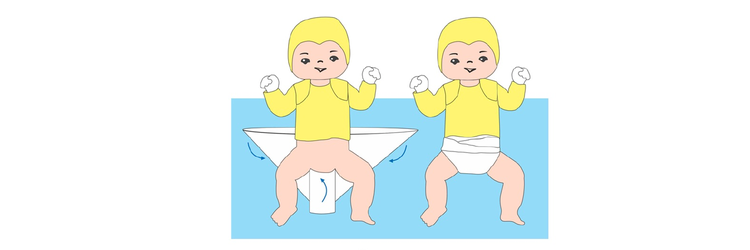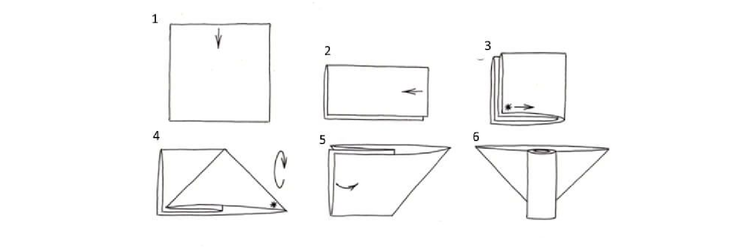NEWBORN CARE IN EMERGENCIES
The emergency presents many challenges to parents in providing for their child's basic needs.
Here is a collection of advice that might help you care for your newborn during this time.
Rules to Help Protect Your Child’s Health in an Emergency:
We have prepared several rules that will help protect you and your child's health in an emergency.
3 Methods for Diapering when Disposables Aren't an Option
From gauze
- Fold the piece of gauze into 3-4 layers like a pad.
- Fold the triangle from the other segment. Put a pad on it.
- Place the baby on the triangle so that the gauze reaches the middle of the back, and fold the triangle like panties. Carefully tuck the edges so they don't rub against the skin.

From a cloth diaper
- Fold the diaper in four and place it with the curve towards you.
- Place a finger between the fold, hold the tip of the diaper with the other hand.
- Move its end, make a triangle.
- Transfer the triangle from the diaper to the reverse side. Fold the remaining part into two layers. You should have a pad in the middle of the triangle.

From a disposable diaper
- Soak the used diaper in water so that the gel inside it swells.
- Make a horizontal incision and remove the gel and the inner contents of the diaper.
- Rinse and dry the diaper.
- Insert a gauze or cloth pad into the pocket of the dry diaper, change it as needed.

Explore the Bebbo app from UNICEF, it is your pocket partner in parenthood. Bebbo offers a wide range of parenting tips and other useful resources for parents and caregivers of children aged 0-6 years old, including newborns. It’s available in multiple languages, including Ukrainian. It is free to use and you can download it on Google PlayStore / Apple AppStore.



